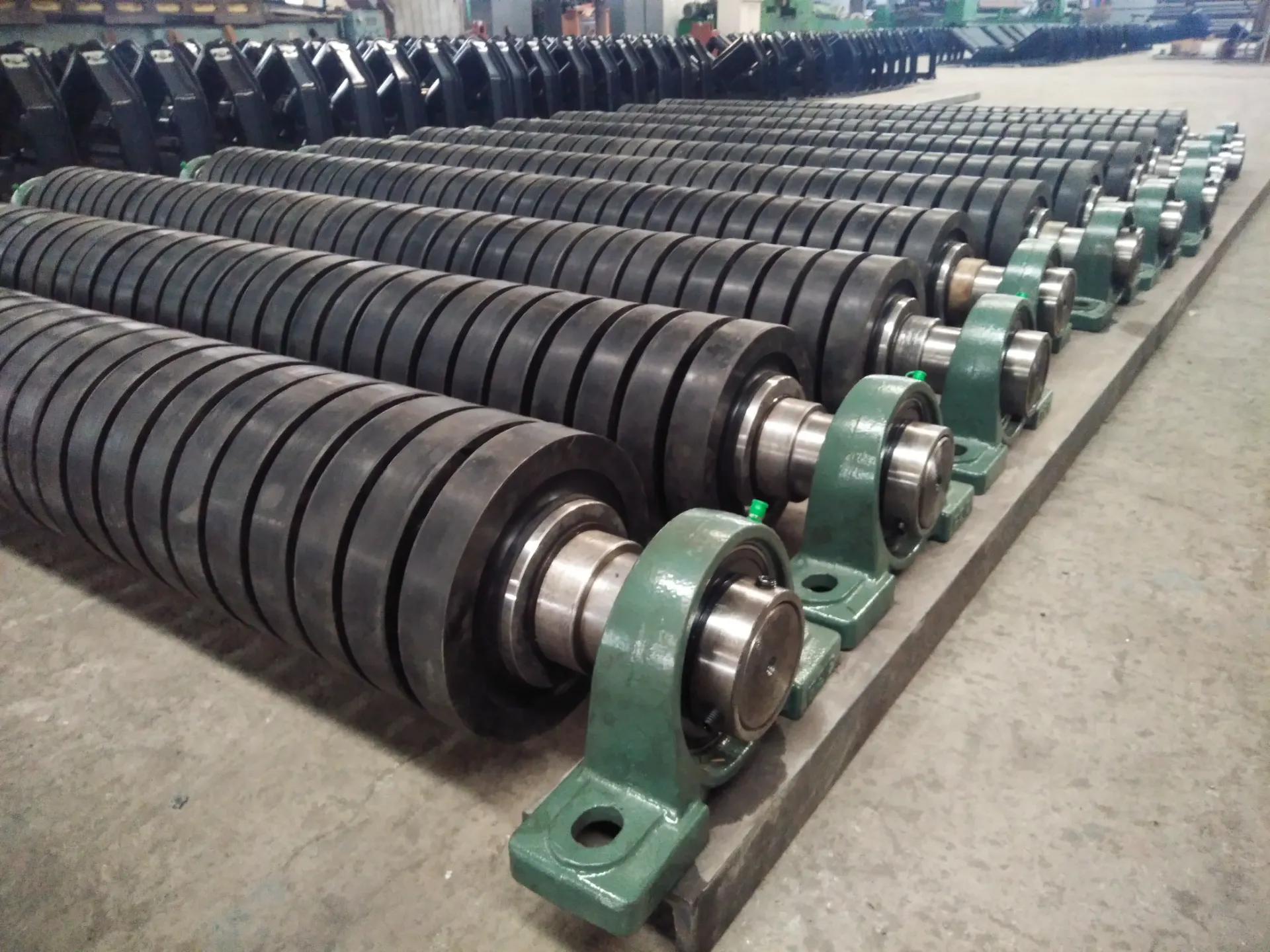 Afrikaans
Afrikaans  Albanian
Albanian  Amharic
Amharic  Arabic
Arabic  Armenian
Armenian  Azerbaijani
Azerbaijani  Basque
Basque  Belarusian
Belarusian  Bengali
Bengali  Bosnian
Bosnian  Bulgarian
Bulgarian  Catalan
Catalan  Cebuano
Cebuano  Corsican
Corsican  Croatian
Croatian  Czech
Czech  Danish
Danish  Dutch
Dutch  English
English  Esperanto
Esperanto  Estonian
Estonian  Finnish
Finnish  French
French  Frisian
Frisian  Galician
Galician  Georgian
Georgian  German
German  Greek
Greek  Gujarati
Gujarati  Haitian Creole
Haitian Creole  hausa
hausa  hawaiian
hawaiian  Hebrew
Hebrew  Hindi
Hindi  Miao
Miao  Hungarian
Hungarian  Icelandic
Icelandic  igbo
igbo  Indonesian
Indonesian  irish
irish  Italian
Italian  Japanese
Japanese  Javanese
Javanese  Kannada
Kannada  kazakh
kazakh  Khmer
Khmer  Rwandese
Rwandese  Korean
Korean  Kurdish
Kurdish  Kyrgyz
Kyrgyz  Lao
Lao  Latin
Latin  Latvian
Latvian  Lithuanian
Lithuanian  Luxembourgish
Luxembourgish  Macedonian
Macedonian  Malgashi
Malgashi  Malay
Malay  Malayalam
Malayalam  Maltese
Maltese  Maori
Maori  Marathi
Marathi  Mongolian
Mongolian  Myanmar
Myanmar  Nepali
Nepali  Norwegian
Norwegian  Norwegian
Norwegian  Occitan
Occitan  Pashto
Pashto  Persian
Persian  Polish
Polish  Portuguese
Portuguese  Punjabi
Punjabi  Romanian
Romanian  Russian
Russian  Samoan
Samoan  Scottish Gaelic
Scottish Gaelic  Serbian
Serbian  Sesotho
Sesotho  Shona
Shona  Sindhi
Sindhi  Sinhala
Sinhala  Slovak
Slovak  Slovenian
Slovenian  Somali
Somali  Spanish
Spanish  Sundanese
Sundanese  Swahili
Swahili  Swedish
Swedish  Tagalog
Tagalog  Tajik
Tajik  Tamil
Tamil  Tatar
Tatar  Telugu
Telugu  Thai
Thai  Turkish
Turkish  Turkmen
Turkmen  Ukrainian
Ukrainian  Urdu
Urdu  Uighur
Uighur  Uzbek
Uzbek  Vietnamese
Vietnamese  Welsh
Welsh  Bantu
Bantu  Yiddish
Yiddish  Yoruba
Yoruba  Zulu
Zulu Understanding the Functionality of Conveyor Belt Drive Pulleys in Material Handling Systems
Understanding Conveyor Belt Drive Pulleys
Conveyor belts play a crucial role in modern industrial operations. They enable the efficient and effective transportation of materials across various sectors, from manufacturing and mining to logistics and packaging. At the heart of these systems lies the conveyor belt drive pulley, an integral component that ensures the smooth functioning of the conveyor system.
What is a Drive Pulley?
A drive pulley, commonly referred to as a head pulley, is the component of a conveyor system that is driven by a motor. Its primary function is to provide the necessary movement to the conveyor belt, allowing it to transport materials from one location to another. The drive pulley is usually located at the end of the conveyor where the material is discharged, and it plays a pivotal role in the conveyor's operation.
Types of Drive Pulleys
Drive pulleys come in various designs, tailored specifically for the unique demands of different applications. The most common types include
1. Lagged Drive Pulleys These pulleys have a layer of material (typically rubber or ceramic) bonded to their surface to enhance friction and improve the grip on the conveyor belt. This is particularly useful for inclined conveyors where a strong grip is necessary to prevent slippage.
2. Smooth Drive Pulleys As the name suggests, these pulleys have a smooth surface. They are best suited for applications where the conveyor operates on flat surfaces and the risk of slippage is minimal.
3. Crowned Drive Pulleys Crowned pulleys are slightly raised in the center, which helps in centering the belt during operation. This design minimizes belt misalignment and helps maintain consistent tracking.
4. Segmented Drive Pulleys These pulleys consist of several segments, allowing for better customization and reparability. If a segment wears down, it can be replaced without the need to replace the entire pulley.
conveyor belt drive pulley

Materials Used
Drive pulleys can be constructed from various materials, selected based on their operational environment and the nature of the materials they handle. Common materials include steel, stainless steel, and aluminum, each offering different benefits in terms of strength, weight, and corrosion resistance. Coatings can also be added to protect against wear and tear, enhancing the longevity of the pulleys.
Maintenance of Drive Pulleys
Proper maintenance of drive pulleys is essential for the overall efficiency and lifespan of a conveyor system. Regular inspections should be conducted to identify any signs of wear, misalignment, or damage. Lubrication is also vital, particularly for the bearings, to prevent friction and wear that could lead to premature failure.
In addition, ensuring that the belt is appropriately tensioned is crucial. A belt that is too slack can lead to slippage, while one that is too tight can cause excessive wear on the drive pulley and the belt itself. Regular adjustments and monitoring can help maintain optimal tension.
The Impact on Efficiency and Productivity
The efficiency of a conveyor system largely hinges on the performance of its drive pulleys. A well-functioning drive pulley can significantly reduce downtime and maintenance costs, leading to increased productivity in industrial settings. Furthermore, utilizing advanced designs and materials can also contribute to energy savings, as efficient drive pulleys require less power to operate.
Conclusion
In summary, drive pulleys are vital components of conveyor belt systems that facilitate the effective movement of materials in various industries. Their design, material, and maintenance play significant roles in driving productivity and efficiency. As industries continue to evolve, advancements in drive pulley technology will be essential in meeting the demands of modern logistics and manufacturing challenges. Ensuring that these components are well-maintained will contribute significantly to the success of any operation that relies on conveyor systems.
-
Revolutionizing Conveyor Reliability with Advanced Rubber Lagging PulleysNewsJul.22,2025
-
Powering Precision and Durability with Expert Manufacturers of Conveyor ComponentsNewsJul.22,2025
-
Optimizing Conveyor Systems with Advanced Conveyor AccessoriesNewsJul.22,2025
-
Maximize Conveyor Efficiency with Quality Conveyor Idler PulleysNewsJul.22,2025
-
Future-Proof Your Conveyor System with High-Performance Polyurethane RollerNewsJul.22,2025
-
Driving Efficiency Forward with Quality Idlers and RollersNewsJul.22,2025





























